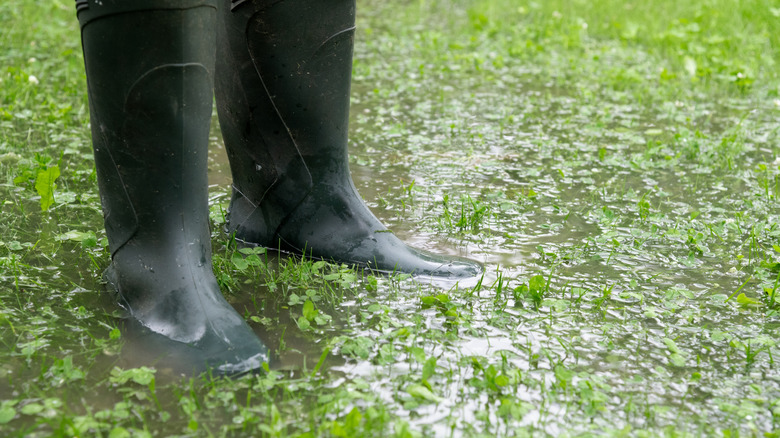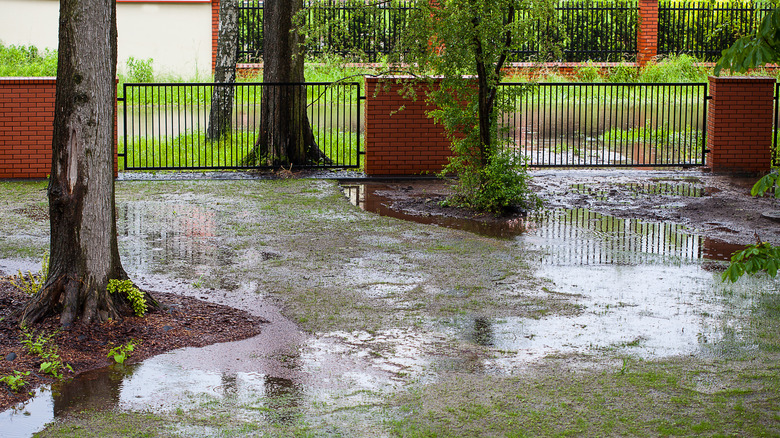What To Do If Your Neighbor's Landscaping Is Flooding Your Yard When It Rains
When your area gets hit with a downpour, it's common to weather the storm with a good book or a long nap, and expect water to drain away into designated swales or sewer systems. But sometimes a neighbor's grading choices, drainage pipes, or sandbag placement can redirect runoff right into your yard. It doesn't take long before your lawn becomes soggy, flowerbeds start to flop, and erosion starts to appear. If your neighbor's landscaping is flooding your yard, it's important to understand your legal rights and the local municipality's rules in order to solve the situation strategically instead of emotionally.
Redirected flood water can wreck foundations, encourage mold and pests, and even create dangerous hazards. In some cases, insurance claims can become complicated when damage is attributed to a neighbor's actions. As soon as you notice a problem, document it with photos, videos, and notes before starting a conversation. Then, ask your neighbor for help solving the problem together. The situation can be extremely frustrating, but it won't help to rain on their parade with anger or blame. Instead, keep your cool by sharing suggestions about how to direct the water so that it doesn't negatively impact anyone's property.
The situation can be especially tricky if you already have trouble getting along with difficult neighbors. We've all been there, but try to consider things from their point of view instead of pointing fingers. Is a tree on your property constantly clogging their gutters? Did they not realize their simple sandbag solution was turning into your super soggy situation? Listening before lecturing makes it more likely they'll work with you to find a fair resolution.
Document everything in case your dispute escalates
When your neighbor's flooding ruins your yard, and a dispute escalates beyond a constructive conversation, you may need to take a more formal approach to resolve the issue. First, review any local ordinances regarding stormwater runoff and property damage on your local city or county website. Public works or zoning officials may be able to guide you in the right direction. If you live in a neighborhood with a homeowner's association (HOA), review the bylaws to determine if there are rules and covenants relating to stormwater management, landscaping changes that create water redirection issues, or avenues for dispute resolution.
Next, put your concerns in writing by mailing a polite letter outlining the issue, sharing your documentation, and explaining the potential consequences. If the problem goes unresolved or damage continues to occur, the next step is to contact your homeowner's insurance agent. They will be able to provide guidance (or explain your flood insurance coverage) if runoff originates from a neighboring property. Insurance adjusters can also help you determine whether to file a claim or to pursue compensation from your neighbor's insurer.
If these approaches don't work but the damage is significant and costly to repair, consider contacting a real estate attorney for help. When a neighbor substantially damages your property by redirecting the flow of water in a way that is unreasonable or excessive, you may have a claim against them. Negligent maintenance that leads to flooding, from clogged gutters to leaky hoses, can also make your neighbor liable for damages. Make sure you keep meticulous records, including any repair costs incurred, until the proverbial storm blows over.

